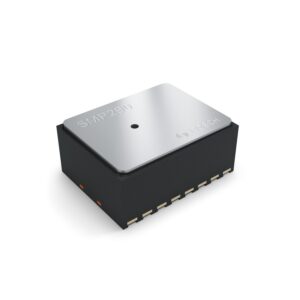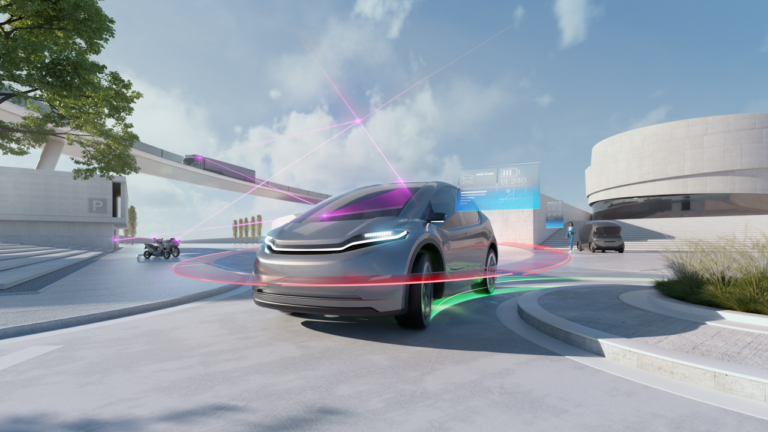Bosch has developed and launched the SMP290, a compact micro-electromechanical system (MEMS) sensor with an integrated Bluetooth low energy (BLE) interface for measuring tire pressure which the company states is the first of its kind on the market.
Tire pressure sensors play a crucial role when it comes to safety and efficiency in road traffic – whether for motorcycles, trucks, cars or buses. They help to extend tire life, reduce fuel consumption and increase vehicle safety. Tire pressure monitoring systems (TPMS) are already required by law for passenger cars in many regions of the world, including Europe, the USA and China.
SMP290
The SMP290 is based on Bosch’s MEMS technology and is one of the first fully integrated solutions with a Bluetooth interface. The sensor combines all essential components for TPMS. These include a microcontroller, Bluetooth interface, and a two-axis acceleration sensor, as well as pressure and temperature sensors. The SMP290 features a high level of integration and is said to have extremely low power consumption, which enables an operating lifespan of up to 10 years.
The solution also features bidirectional wireless communication. “The Bluetooth functionality not only improves efficiency but also safety throughout the entire lifetime of the sensor,” explained Peter Wolfangel, a member of the board of management of Bosch Mobility Electronics and responsible for development.
The Bluetooth connection enables secure communication between the sensor and the vehicle, and the software on the sensor can be updated via over-the-air updates.

The SMP290, as a component for system integrators, has been designed to save space and energy. As part of the vehicle architecture, it enables vehicle manufacturers to exploit synergies with other BLE systems. In addition, the Bluetooth capability facilitates user-friendly applications, such as convenient tire pressure monitoring directly via smartphone.
Reduced vehicle complexity
Many technological advances in vehicles improve the safety and comfort of road users. However, they also make vehicles more complex. Bosch aims to leverage synergies and simplify components and vehicle architectures, as Peter Wolfangel explained: “The SMP290 is designed as an integrated system and can therefore make optimum use of synergies within a vehicle’s hardware and software.”
The sensor can share communication modules with other components, such as keyless access systems, thereby preventing redundancies and complicated cabling. “This contributes to a more efficient and leaner design that benefits the vehicle throughout its entire life cycle,” Wolfangel said.



